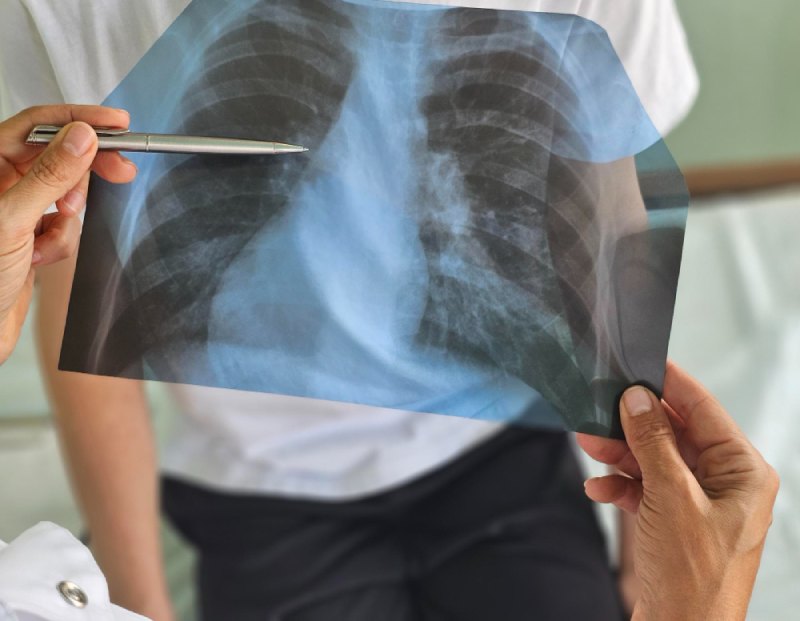Why Does Lung Cancer Diagnosis Take So Long?
Many patients wonder why it takes weeks or even months to confirm a lung cancer diagnosis and begin treatment. The truth is, diagnosing lung cancer is a complex process. Doctors need to collect detailed information to ensure the most effective and personalized treatment plan.
Steps in Lung Cancer Diagnosis
1. Imaging Tests (CT scan, X-ray)
- Detect the location and size of the lung mass
- Cannot confirm the cancer type yet
- Obtained through bronchoscopy or needle biopsy
- Sent to pathology labs for detailed microscopic examination
3. Molecular and Genetic Testing
- After confirming non-small cell lung cancer (NSCLC)
- Doctors may test for genetic mutations (EGFR, ALK, ROS1, PD-L1)
- Results guide treatment choices such as targeted therapy or immunotherapy
These steps can take several days to weeks, which may feel like a delay, but they are crucial for accurate and effective treatment planning.
Why Wait for Complete Results?
Cancer treatment is not one-size-fits-all.
- If treatment is started without complete information, medications may not be appropriate for the type of cancer.
- The result is not only that the disease is not controlled, but it may also waste time and increase unnecessary side effects.
What Patients Can Do While Waiting
1. Attend all follow-up appointments
2. Prepare questions for the doctor
- stage?
- treatment options?
- timeline?
- If there is a gene mutation, should targeted drugs be used?
3. Maintain overall health with good nutrition, sleep, and avoiding smoking
4. Consider a second opinion if delays are significant
The lengthy lung cancer diagnosis process is not wasted time—it is essential for precision. By understanding the type, stage, and genetic profile of the cancer, doctors can choose the best treatment for each patient. Communication with the medical team and proper preparation can improve treatment outcomes and peace of mind.





